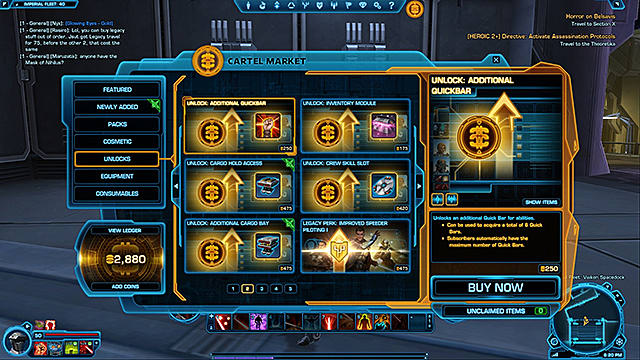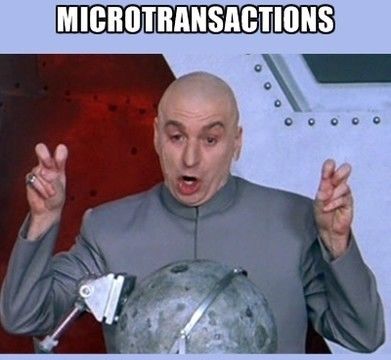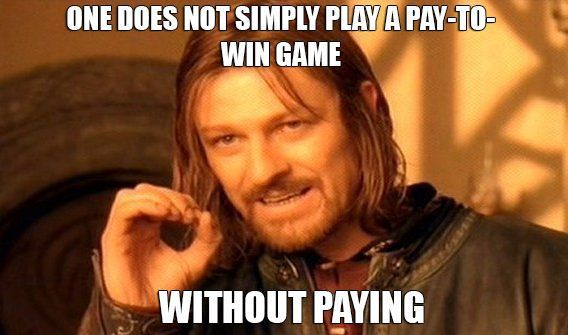And with good reason. Nothing is worse than finding out the best weapon in a game isn’t unlockable by playing the game, but instead it’s part of $4.99 package in the cash shop.
It doesn’t have to be this way.
In fact, microtransactions can be a very good thing if they are handled properly. Shocking, I know.
Good microtransactions vs. bad
There’s a fine line between a good microtransaction model and a bad one.
A Good model provides:
Cosmetic items such as costumes or hairstyles. No competitive advantages over other users. Features that are not vital to the overall gameplay.
A bad model looks like this:
Advantages that are unobtainable by other means. Features that are vital to the gameplay. Limited in-game activities for free users.
An example of a good cash shop is League of Legends.
In League, there are two forms of currency, IP and RP (Influence Points and Riot Points.)
You earn IP by playing the game, and can use it to unlock new champions and stat-boosting runes. RP is purchasable in the store, and you can use it to buy new champions or unique costumes and skins for champions you already own. As such, League of Legends follows the three important rules of a good microtransaction model.
Unfortunately, not everyone got the memo, and companies have been quick to learn that players will spend money to “pay-to-win.”
Paying to win is bad, mmkay?
Pay-to-win has become synonymous with microtransactions, and it’s easy to see why. People are starting to feel like they’re being forced into making additional purchases if they want to remain competitive in-game.
Star Wars: The Old Republic, for example, came painfully close to having a well laid out cash shop, but ultimately fell short. Anyone who’s played an MMO knows how important the UI (user interface) is. The problem with being a free player in SWTOR was that you were missing parts of the UI until you upgraded or purchased them - the disadvantage being that you wouldn’t have enough action bars for all your abilities. A character’s abilities are an integral part of any MMO, and not being able to access all of them puts you at a serious disadvantage against someone who does.
Not every MMO restricts its players with cash shop purchases; however, this doesn’t mean they are perfect either.
Guild Wars 2 allows you to purchase gems, which can then be used to buy cosmetic items and outfits, which sounds like the basis for a good cash shop. However, you can exchange the gems for gold, allowing you to “buy” your way to the top. In an MMO, that’s considered a pretty big advantage.
While the cash shop in Guild Wars 2 follows some of the guidelines I mentioned above for a good cash shop, it also dips into some of the bad points. So I can’t really say that it’s either one, which is the case for a lot of games these days. (Maybe that’s how they get away with it.)
The Endgame
What we need is for cash shops to stick to the three good points I made above, and avoid the bad ones. If they do that, they could be a welcome addition to some games.
But that isn’t to say that microtransactions belong in every game. In some cases, they can’t ever be more than horrible money pits.
As it stands now, cash shops may not ever be perfect, but as long as they start respecting their playerbase (and their wallets), we might not hate them so much.


